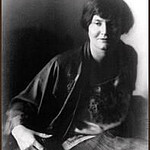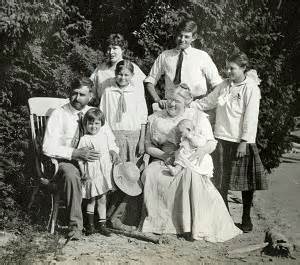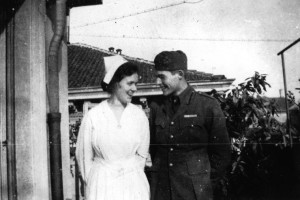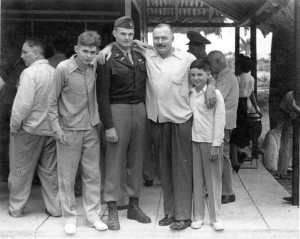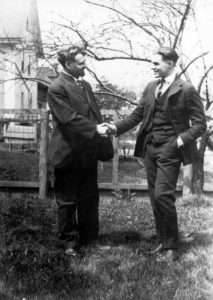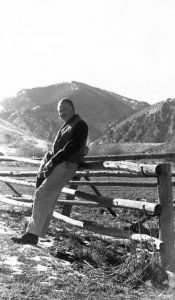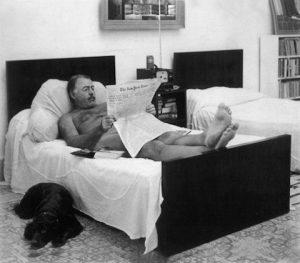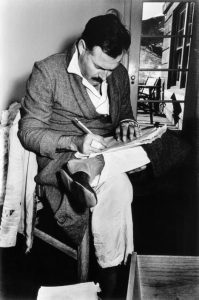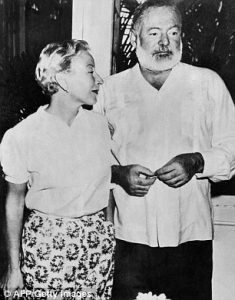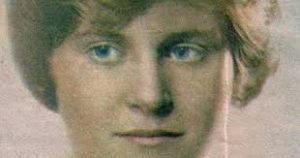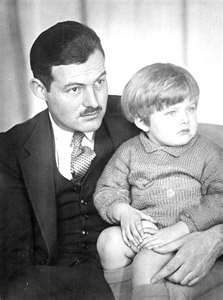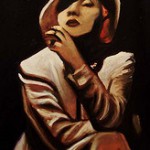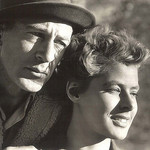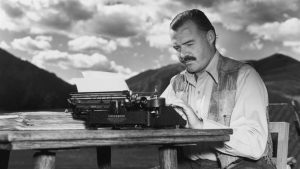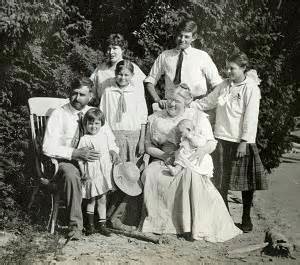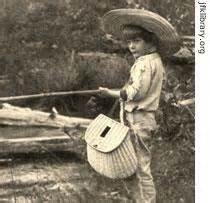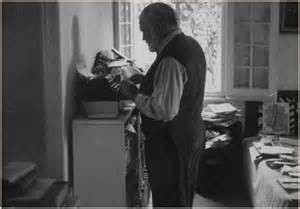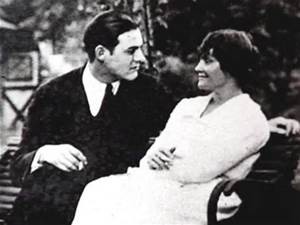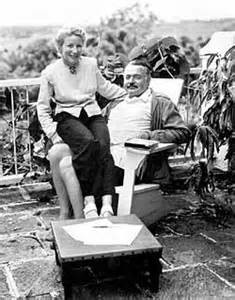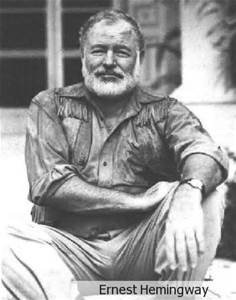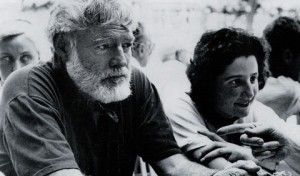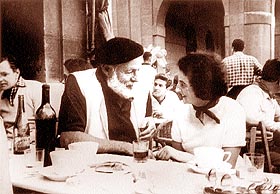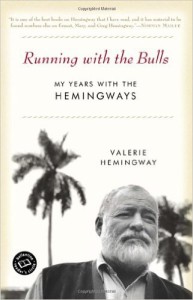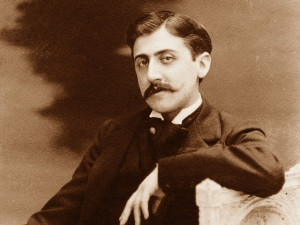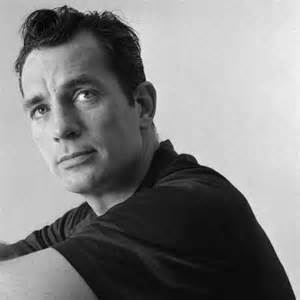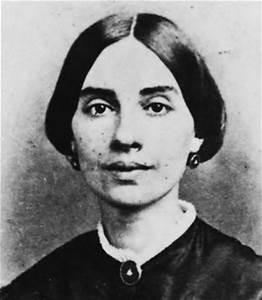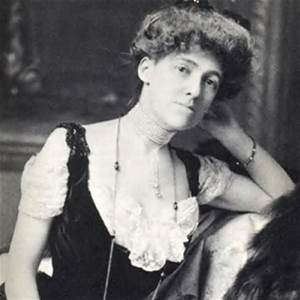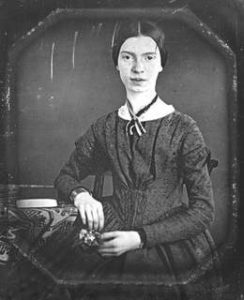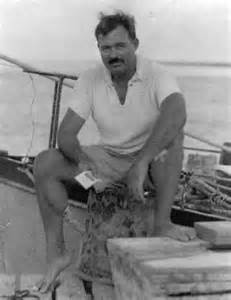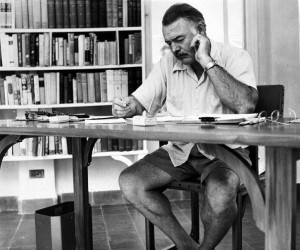 I love sleep. My life has the tendency to fall apart when I’m awake, you know? Ernest Hemingway
I love sleep. My life has the tendency to fall apart when I’m awake, you know? Ernest Hemingway

http://8tracks.com/certain_songs/ernest-hemingway-s-ipod
The above cite purports to know what should/would be on Hem’s ipod. Hmm, being a skeptic, I have to ask, “How do they know?” Still we can speculate.
I see Hem listening to Sinatra. I don’t know why. Maybe because it’s so 30’s and 40’s elegant. Hemingway called Josephine Baker, the African-American entertainer who emigrated to France around the same time as Hemingway was there, “the most sensational woman anyone ever saw.”

Hem claims he met Josephine Baker in Paris at the best jazz club ever called Le Jockey and that she was there one night: “tall, coffee skin, ebony eyes, legs of paradise, a smile to end all smiles. Very hot night but she was wearing a coat of black fur. She turned her eyes on me and I cut in. Everything under that fur communicated with me. I introduced myself and asked her name. “Josephine Baker,” she said. We danced nonstop for the rest of the night. She never took off her fur coat. Wasn’t until the joint closed she told me she had nothing on underneath.” (Papa Hemingway, A.E. Hotchner)

So I think we can presume that there is some great jazz on his ipod. I’ve seen photos of Papa dancing with Martha so he did enjoy music and dancing, it seems. That was the early 40’s.
In The Snows of Kilimanjaro, Harry references a 1933 Cole Porter tune called “It’s Bad for Me”. I have to think that if he referenced it, he was familiar with Cole Porter’s music and he admired it. In Woody Allen’s Midnight in Paris,Cole Porter is present at one of the impromptu parties all of which suggests that Cole Porter and Hem crossed paths in a good way in Paris and maybe in NY, although Hem didn’t love NY.
From Hem’s love of Cuba, I see a love of the Spanish blend with Jazz. So what do you think is on Hem’s ipod? some cat songs? Speaking of which I’m in the middle of reading Hemingway’s Cats. Loving it, honestly. There is also mention of his dogs. I’ll post on this subject some other day.

We know that Hemingway’s mother had him playing the cello–badly if he is to be believed–and I’m sure chamber music was prevalent in the Hemingway household of his youth. Perhaps, in light of Hem’s dislike of his mother, he never listened to classical music after he left the family womb.

I just read a great article in The Paris Review describing Hem’s work room in Cuba. He stood up to write most of the time, with Black Dog sleeping at his feet for as long as it took. I believe the standing up thing was due to his bad back from the crazy plane crashes he was in. The article describes the room in great detail down to the book cases, the desk, the shutters but no mention is made of a radio or a phonograph. I can only conclude that Hem wrote with no accompaniement. Actually, I just read that although he built himself that studio at the Finca (as part of the cat house) to write (the cats occupied the second floor, his studio was on the third floor), in actuality, he reverted to writing in the house. He missed the animals and was more comfortable there.
Hem’s great pal, A.E.Hotchner, recalls Hem liking music but does not recall him going to concerts or music events. “He did not like theater, opera or ballet, and although he liked to listen to music he rarely, to my knowledge, attended a concert or any other musicial presentation, longhair or jazz.” A.E. Hotchner Papa Hemingway Page. 28.
Still he frequented many a jazz bar with Hem in Cuba.

Hem liked cigars, women, booze, and pals. He was a great raconteur. I have to think that music went with it all. I see his ipod being loaded with Sinatra, Santana (if he were around then), Cole Porter, Ella Fitzgerald, Josephine Baker, and Duke Ellington. What do you think? He might even go for a bit of Tim McGraw while out in Ketchum. Then again, I sure can see a bit of Parrot Head music while in Key West and Cuba. Take it away, Jimmy Buffett. Wasting away again in Margaritaville, looking for . . . .
 Who do you think is on Papa’s Ipod?
Who do you think is on Papa’s Ipod?


